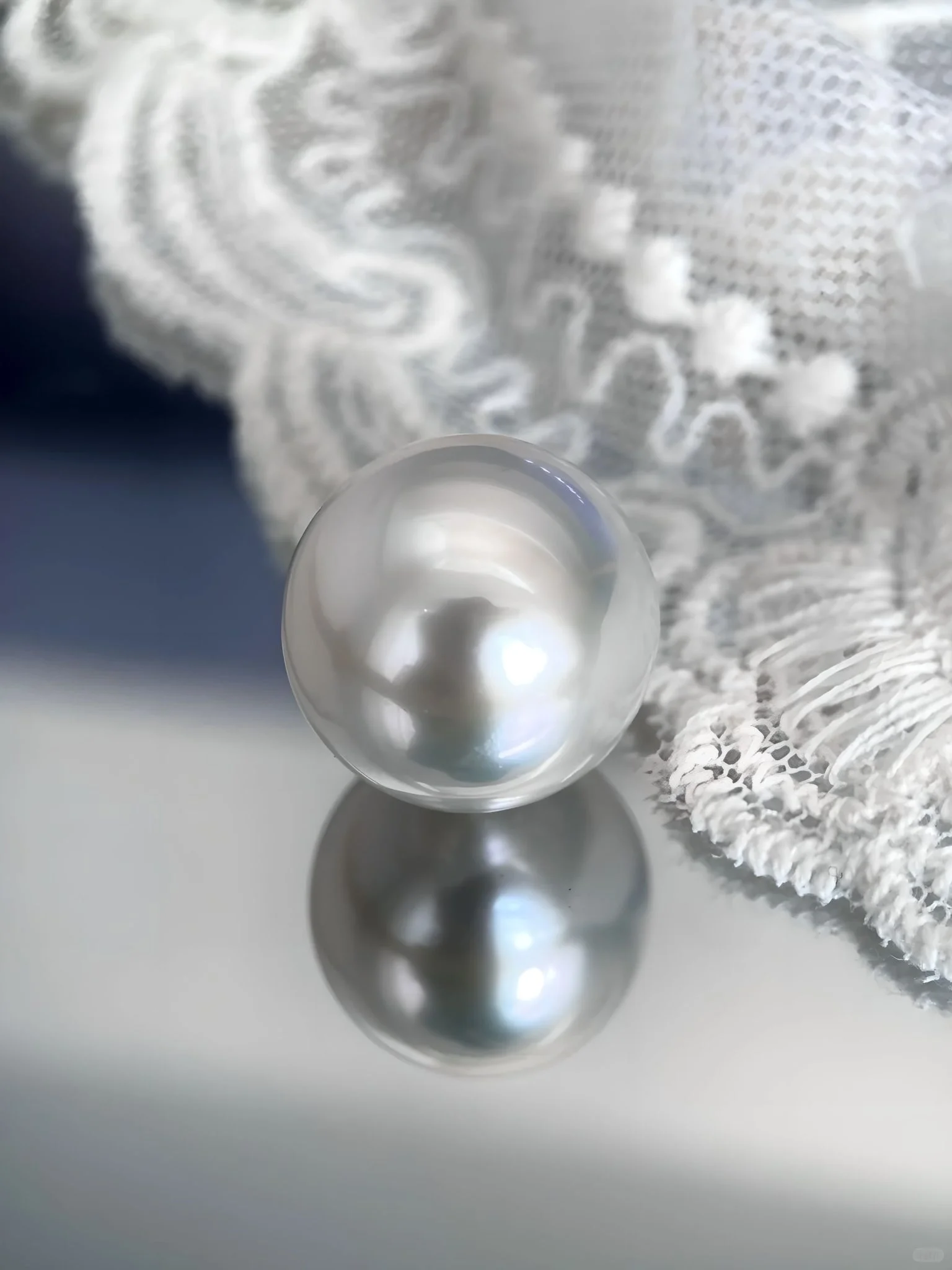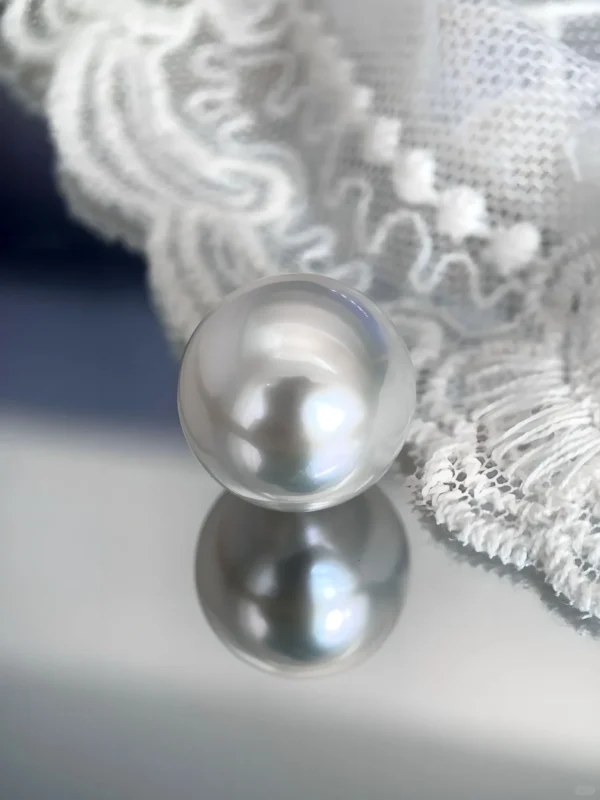Can Pearl be Melted? Unveiling the Mysteries of Nature’s Lustrous Gems

Have you ever held a pearl, captivated by its shimmering allure, and wondered: can pearls melt? This intriguing question invites us to delve into the world of pearls, uncovering the fascinating science behind these natural wonders. In this article, we unravel the secrets beneath the iridescent surface to understand their true nature.
What are Pearls Made Of?
To explore whether pearls can melt, we first need to understand their composition. Pearls are primarily composed of calcium carbonate in the form of aragonite and calcite, bound together by conchiolin, a protein that acts like the glue in this creation. For more on this, Smithsonian Magazine provides an in-depth look at the formation and composition of pearls, emphasizing their complex mineral and organic matrix. As renowned gemologist Dr. Emily Cartwright explains, “Pearls possess a unique blend of organic and inorganic materials, offering both beauty and vulnerability.”

The Science Behind Melting Pearls
So, can pearls melt? The simple answer is no, at least not like metals or plastics. Melting suggests a transition from solid to liquid, but pearls undergo decomposition under heat. GIA clarifies that when exposed to high temperatures, the protein conchiolin breaks down, while the calcium carbonate structure disintegrates into lime, emitting carbon dioxide. Dr. Andrew Michaels, a material scientist, asserts that “Pearls will decompose long before reaching a temperature where melting is feasible. They require careful handling.”
Factors Affecting Pearl Integrity
Understanding that pearls don’t melt invites us to consider external threats to their integrity. Environmental factors such as heat, humidity, and chemicals can alter a pearl’s appearance. For example, contact with acidic or alkaline substances, like perfumes or hairsprays, may erode their surface over time. Tiffany & Co.’s pearl care guide offers practical tips for maintaining pearl brilliance, suggesting that careful handling is paramount. Jewelry expert Gina Thomas states, “Caring for pearls is both an art and a science, requiring the owner’s attention to environmental and physical conditions.”
Synthetic Pearls and Melting Possibilities
In contrast, some synthetic pearls, composed of materials like plastic or glass, can technically melt at certain temperatures. However, they lack the organic complexity of genuine pearls and represent a different aspect of pearl imitation.
Conclusion
In conclusion, while pearls cannot melt in the conventional sense, their susceptibility to heat and chemicals highlights the importance of proper care. Understanding their intricate composition not only enriches our appreciation but also informs the delicate handling they require. Next time you admire a strand of pearls, reflect on the mysteries they hold and the care they deserve to preserve their sparkling allure.
